
Why Locking Solutions are the Overlooked Weak Point in Healthcare Environments
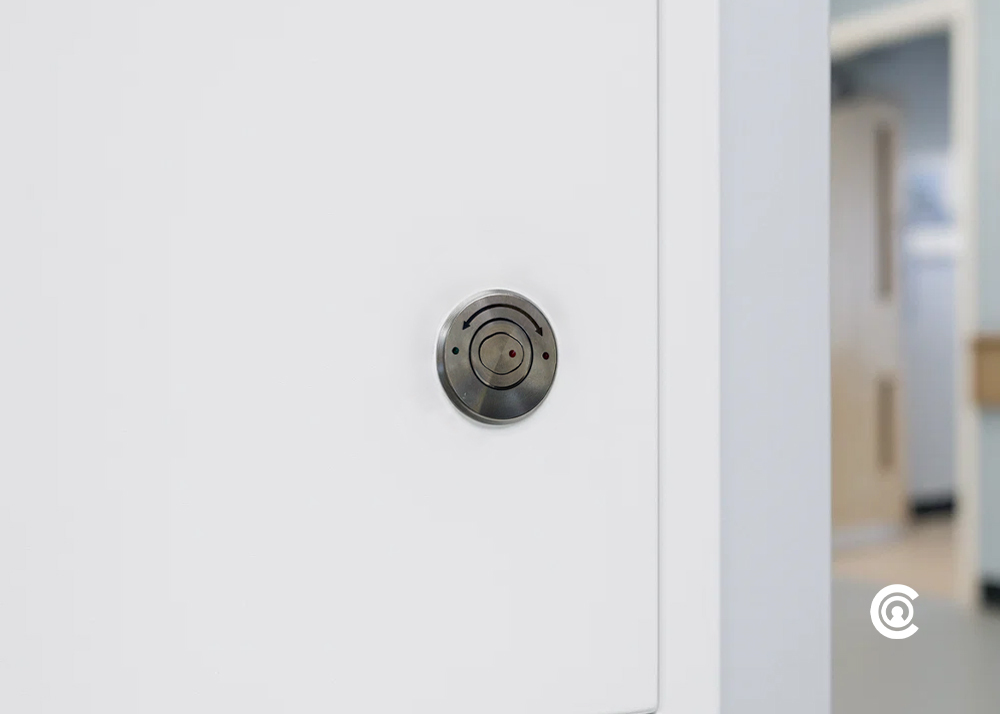
Healthcare Security Under Pressure: Why Locks Deserve More Attention

Healthcare estates face some of the toughest design challenges of any sector. Patient safety, infection control, operational continuity, and staff efficiency are all critical; and every decision, from flooring to HVAC systems, is carefully scrutinised. Yet one small but vital component is often overlooked: the lock.
Locks on IPS panels, access panels, and even furniture are rarely the first items discussed in design meetings. When outdated or inappropriate locks are specified however, the consequences can include tampering, hygiene risks, unnecessary maintenance costs, and even compromised safety for patients and staff.
This blog explores why locking solutions are often the overlooked weak point in healthcare environments, and why it’s time for facilities teams and specifiers to reassess their importance.
Where are Locks Found in Healthcare Estates?
Locks are everywhere in modern healthcare settings. Common applications include:
- IPS Panels: Containing essential services such as water, electrics, and medical gases. These are high-risk access points if not properly secured.
- Access Panels: Installed throughout corridors, patient rooms, and treatment areas, providing entry to building services and utilities.
- Furniture: From medication storage to integrated bedroom units, furniture locks prevent unauthorised access to contents.
- Equipment Housings: Cabinets and covers protecting electrical or mechanical systems.
Despite being small and inexpensive compared to the overall project, the lock is often the single point of control that determines whether these systems remain secure, hygienic, and functional.
The Problems with Legacy Lock Designs
Many healthcare estates still rely on legacy locking systems such as pin hex, crown, square head, or tri-head designs. While once considered effective, these older locks have several weaknesses in healthcare settings:
- Susceptibility to Tampering
Legacy locks can often be bypassed with widely available tools. This creates an unnecessary security risk in environments where patient safety and equipment reliability are paramount. - Hygiene Concerns
Recessed inserts and ridged surfaces on older locks can harbour dirt and bacteria. In healthcare environments, where infection prevention is a daily priority, this creates additional cleaning challenges. - Appearance and Atmosphere
Locks with protruding faces or industrial appearances can undermine therapeutic design. In areas where patient recovery is supported by calming environments, these details matter. - Maintenance and Wear
Older designs can become stiff, worn, or difficult for staff to operate. This not only causes frustration but also increases the need for maintenance callouts.
In short, legacy locks introduce risks that estates teams can ill afford.
Why Modern Locks Matter More Than Ever
Healthcare environments today demand more from every component. The role of the lock has shifted from “basic closure” to “critical safety feature”.
Modern tamper-resistant locks are designed with healthcare pressures in mind:
- Flat-surfaced designs: Easier to clean and more hygienic than recessed alternatives.
- Tamper-resistant inserts: Require specific alignment or three-point contact, making manipulation far harder.
- Smooth, low-profile finishes: Reduce ligature risks, improve aesthetics, and support therapeutic design.
- Durability: Compression-based systems reduce rattling and wear, extending the lock’s service life.
- Efficiency: Visual indicators make it easy for staff to verify if a panel is locked, saving time on inspections.
By upgrading to modern lock designs, healthcare providers can reduce tampering risks, support hygiene practices, and improve the overall experience for both patients and staff.
Why Locks Get Overlooked
So why are locks often neglected in design and refurbishment projects?
- Cost focus: Locks are relatively inexpensive, and their impact is often underestimated.
- Legacy specifications: Older designs are sometimes repeated without question.
- Perception: Locks are seen as “just hardware” rather than as contributors to safety and hygiene.
However, overlooking locks can undermine investments in other safety measures. If the lock fails, the panel or furniture it secures is compromised regardless of its build quality.
The Case for Reassessment
Healthcare estates and specifiers are increasingly recognising the importance of detail. Just as wall finishes are chosen for cleanability and fixtures are selected for infection control, locks must also be assessed against today’s safety and hygiene standards.
Modern locking solutions are not simply alternatives, they are enablers. They allow facilities to:
- Maintain higher hygiene standards with designs that are easier to clean.
- Reduce risk by using tamper-resistant inserts that are harder to bypass.
- Improve efficiency for staff with faster, clearer operation.
- Extend the lifespan of panels, furniture, and equipment by reducing damage from forced access.
Don't Let Locks be the Weak Point in Your Estate
In healthcare environments, every component has a role to play in patient safety and infection prevention. Locks may be small, but when they fail, the consequences are big.
By moving away from outdated, hard-to-clean designs and choosing tamper-resistant, hygienic alternatives, healthcare estates can reduce risks, cut maintenance costs, and create safer, more efficient environments.
📞 Call us: 01952 890158
📧 Email: sales@contoursecure.co.uk
🌐 Or visit: www.contoursecure.co.uk to request a sample or discuss how locking solutions can strengthen your healthcare environment.

|

|

|
Author Details
Recommended Blog Articles
Please take a look at our recent Blog Articles to see how we've applied safer security locks to a variety of different projects and applications.
Click to see all Blog Articles and use the filters to find projects similar to yours.
Retrofitting in Healthcare: A Fast, Cost-effective Upgrade for Safer Facilities
Healthcare estates are under constant pressure. Budgets are tight, patient safety expectations are rising, and facilities teams must deliver secure, hygienic environments without disrupting ...
Healthcare estates are under constant pressure. Budgets are tight, patient safety expectations are rising, and facilities teams must deliver secure, hygienic environments without disrupting day-to-day care. For many, the question is simple: how do you improve safety and compliance without replacing entire systems or investing in major refurbishments? The answer is retrofitting. Retrofitting locks provides a fast, cost-effective way to improve safety across healthcare environments. Instead of replacing entire IPS panels, access panels, or furniture units, facilities teams can upgrade the locking mechanisms alone, turning existing infrastructure into safer, more hygienic, and tamper-resistant solutions. This blog explores why retrofitting is gaining momentum, how it benefits healthcare facilities, and why locks are one of the easiest and most impactful upgrades to make. Why Retrofitting Makes Sense in Healthcare Healthcare estates are complex. From acute mental health units to general hospitals, facilities often contain a mix of old and new infrastructure. Replacing entire systems when security or hygiene issues arise can be prohibitively expensive and disruptive. Retrofitting addresses these challenges by offering: Cost savings: Upgrading locks is a fraction of the cost of replacing panels or furniture. Minimal disruption: Retrofitting avoids demolition or major alterations, meaning wards and corridors can stay operational. Flexibility: Modern locks can fit into the same footprint as standard cam locks, making upgrades simple. Faster installation: Estates teams or contractors can complete upgrades quickly, reducing downtime. With healthcare budgets under strain, retrofitting offers a practical way to extend the lifespan of existing assets while raising safety standards. Common Challenges with Legacy Locks Traditional lock designs create unnecessary risks in healthcare environments. Among the most common problems are: Tampering risks: Pin hex and other legacy locks can be bypassed with basic tools. Infection control: Recessed lock inserts trap bacteria and are almost impossible to clean effectively. Maintenance costs: Worn or damaged locks increase callouts and replacements. Ligature risks: Protruding or poorly finished lock faces can pose dangers in secure healthcare settings. These issues compromise both patient safety and the operational efficiency of estates teams. Retrofitting with tamper-resistant, flat-surfaced locks addresses these risks at the source. How Retrofitting Works in Practice One of the key strengths of modern tamper-resistant cam locks is their retrofittable design. Built to match the same footprint as standard cam locks, they can be slotted into place without costly modifications. Examples include: IPS panels in patient areas: Upgrading recessed locks to flat-surfaced alternatives supports infection control. Access panels in corridors and treatment rooms: Retrofitting prevents tampering and reduces callouts. Furniture locks in bedrooms or staff areas: Modern locks improve safety without requiring new furniture units. For estates teams managing large facilities, retrofitting provides a quick, scalable way to improve security and hygiene across multiple applications. The Benefits for Healthcare Facilities Immediate safety improvementsRetrofitting removes obvious risks like tampering, ligature points, and hard-to-clean surfaces. Cost-effective upgradesInstead of replacing panels or furniture, facilities can upgrade locks alone, saving thousands. Minimal disruption to careWith no demolition or major works required, wards remain operational while upgrades are carried out. Extended lifespan of assetsBy improving the weakest component, facilities can keep existing infrastructure in service longer. Confidence in complianceModern tamper-resistant locks align with updated guidance and procurement requirements for healthcare settings. Upgrade Without the Overheads Retrofitting locks is one of the simplest, fastest, and most cost-effective ways to raise safety standards in healthcare estates. It avoids the expense and disruption of full replacements while giving staff, patients, and estates teams greater confidence in hygiene and security. If your facility still relies on outdated locks, it’s time to take a fresh look. Retrofitting modern, tamper-resistant cam locks turns existing infrastructure into safer, more resilient assets. 📞 Call us: 01952 890158📧 Email: sales@contoursecure.co.uk🌐 Or visit: www.contoursecure.co.uk to request a sample or discuss how retrofitting could strengthen your facility.
16 October 2025
Designing for Hygiene: The Role of Flat-surfaced Locks in Healthcare
Infection prevention is one of the most pressing challenges for healthcare estates. Every material, surface, and fixture needs to support strict hygiene standards to reduce cross-contamination and ...
Infection prevention is one of the most pressing challenges for healthcare estates. Every material, surface, and fixture needs to support strict hygiene standards to reduce cross-contamination and protect both patients and staff. While flooring, wall finishes, and clinical equipment often get attention, one overlooked component can quietly undermine these efforts: the lock. Locks are found on IPS panels, access panels, storage units, and furniture throughout healthcare facilities. However, not all lock designs are created equal. Recessed, ridged, or outdated locks can become breeding grounds for bacteria, and because they are often hard to access during cleaning, they are frequently missed or left untreated. This blog explores the hygiene risks created by traditional lock designs, why flat-surfaced locks offer a better alternative, and how estates teams can integrate them into healthcare facilities to improve infection control. The Hygiene Risks of Traditional Lock Designs In many hospitals and care facilities, locks are still considered “standard hardware”. The reality however is that traditional designs such as pin hex or square head locks often compromise infection control. Recessed keyholes trap dirt and bacteriaIndentations in the lock face allow dirt, dust, and bacteria to collect. These recesses are almost impossible to fully clean during routine wipe-downs. Over time, they can harbour pathogens that increase infection risks. Ridged surfaces hinder cleaningAny raised or ridged edges create crevices that trap contaminants. Even when staff attempt to disinfect these areas, the design itself resists thorough cleaning. Locks are often overlooked during cleaningAs locks are small details compared to larger surfaces like walls or panels; they can be neglected in routine infection control. The result is that these “micro zones” remain contaminated even when surrounding areas are disinfected. In a healthcare environment where every surface matters, these issues make traditional lock designs a liability. Why Flat-surfaced Locks Support Infection Control Flat-surfaced tamper-resistant locks offer a more hygienic alternative. Instead of recesses and ridges, they bring the keyway flush to the surface, making it easier to disinfect effectively. Wipe-clean surfacesSmooth, flat surfaces allow cleaning staff to disinfect locks in the same motion as surrounding panels or furniture. There are no dirt traps, so bacteria has nowhere to hide. Fewer contamination risksBy reducing recesses and eliminating crevices, flat-surfaced locks minimise areas where pathogens can accumulate. This directly supports infection prevention strategies. Consistency across facilitiesWhen locks match the wipe-clean standards of other fixtures, estates teams can ensure consistent hygiene protocols across entire estates. Durability and designModern flat-faced locks are designed to withstand repeated cleaning with strong disinfectants. This ensures they remain functional and hygienic for the long term. In short, the flat-surfaced design isn’t just about aesthetics; it directly supports healthcare hygiene goals. A Case for Detail in Design Healthcare facilities are designed with infection control built into every decision: from anti-microbial paint to seamless flooring. Yet all too often, locks are treated as an afterthought. Every touchpoint matters though. A single contaminated surface can become a vector for infection, and locks are touched regularly by both staff and patients. By choosing flat-surfaced, hygienic lock designs, healthcare estates can close a gap in infection prevention strategies and create environments that are safer, cleaner, and easier to maintain. Integration Across Healthcare Applications Flat-surfaced locks can be used across a wide range of healthcare environments, including: IPS panels – Frequently located in patient areas, where infection control is critical. Access panels – Found throughout hospitals, including corridors and treatment rooms. Furniture locks – Used for storage units, medication cupboards, and integrated fittings. Equipment housings – Protecting electrical or mechanical systems that must remain secure. By standardising lock design across these applications, estates teams can reduce infection risks consistently across facilities. Small Details, Big Impact on Infection Control Healthcare estates are under constant pressure to maintain the highest hygiene standards. Flat-surfaced locks may seem like a minor detail, but their design directly supports wipe-clean protocols and reduces infection risks. By replacing outdated recessed designs with modern flat-surfaced alternatives, estates teams can strengthen infection control, reduce maintenance concerns, and protect both staff and patients. 📞 Call us: 01952 890158📧 Email: sales@contoursecure.co.uk🌐 Or visit: www.contoursecure.co.uk to request a sample or discuss how flat-surfaced locks could improve hygiene in your healthcare environment.
16 October 2025
Why Locking Solutions Are the Overlooked Weak Point in Healthcare Environments
Healthcare estates face some of the toughest design challenges of any sector. Patient safety, infection control, operational continuity, and staff efficiency are all critical; and every decision, ...
Healthcare estates face some of the toughest design challenges of any sector. Patient safety, infection control, operational continuity, and staff efficiency are all critical; and every decision, from flooring to HVAC systems, is carefully scrutinised. Yet one small but vital component is often overlooked: the lock. Locks on IPS panels, access panels, and even furniture are rarely the first items discussed in design meetings. When outdated or inappropriate locks are specified however, the consequences can include tampering, hygiene risks, unnecessary maintenance costs, and even compromised safety for patients and staff. This blog explores why locking solutions are often the overlooked weak point in healthcare environments, and why it’s time for facilities teams and specifiers to reassess their importance. Where are Locks Found in Healthcare Estates? Locks are everywhere in modern healthcare settings. Common applications include: IPS Panels: Containing essential services such as water, electrics, and medical gases. These are high-risk access points if not properly secured. Access Panels: Installed throughout corridors, patient rooms, and treatment areas, providing entry to building services and utilities. Furniture: From medication storage to integrated bedroom units, furniture locks prevent unauthorised access to contents. Equipment Housings: Cabinets and covers protecting electrical or mechanical systems. Despite being small and inexpensive compared to the overall project, the lock is often the single point of control that determines whether these systems remain secure, hygienic, and functional. The Problems with Legacy Lock Designs Many healthcare estates still rely on legacy locking systems such as pin hex, crown, square head, or tri-head designs. While once considered effective, these older locks have several weaknesses in healthcare settings: Susceptibility to TamperingLegacy locks can often be bypassed with widely available tools. This creates an unnecessary security risk in environments where patient safety and equipment reliability are paramount. Hygiene ConcernsRecessed inserts and ridged surfaces on older locks can harbour dirt and bacteria. In healthcare environments, where infection prevention is a daily priority, this creates additional cleaning challenges. Appearance and AtmosphereLocks with protruding faces or industrial appearances can undermine therapeutic design. In areas where patient recovery is supported by calming environments, these details matter. Maintenance and WearOlder designs can become stiff, worn, or difficult for staff to operate. This not only causes frustration but also increases the need for maintenance callouts. In short, legacy locks introduce risks that estates teams can ill afford. Why Modern Locks Matter More Than Ever Healthcare environments today demand more from every component. The role of the lock has shifted from “basic closure” to “critical safety feature”. Modern tamper-resistant locks are designed with healthcare pressures in mind: Flat-surfaced designs: Easier to clean and more hygienic than recessed alternatives. Tamper-resistant inserts: Require specific alignment or three-point contact, making manipulation far harder. Smooth, low-profile finishes: Reduce ligature risks, improve aesthetics, and support therapeutic design. Durability: Compression-based systems reduce rattling and wear, extending the lock’s service life. Efficiency: Visual indicators make it easy for staff to verify if a panel is locked, saving time on inspections. By upgrading to modern lock designs, healthcare providers can reduce tampering risks, support hygiene practices, and improve the overall experience for both patients and staff. Why Locks Get Overlooked So why are locks often neglected in design and refurbishment projects? Cost focus: Locks are relatively inexpensive, and their impact is often underestimated. Legacy specifications: Older designs are sometimes repeated without question. Perception: Locks are seen as “just hardware” rather than as contributors to safety and hygiene. However, overlooking locks can undermine investments in other safety measures. If the lock fails, the panel or furniture it secures is compromised regardless of its build quality. The Case for Reassessment Healthcare estates and specifiers are increasingly recognising the importance of detail. Just as wall finishes are chosen for cleanability and fixtures are selected for infection control, locks must also be assessed against today’s safety and hygiene standards. Modern locking solutions are not simply alternatives, they are enablers. They allow facilities to: Maintain higher hygiene standards with designs that are easier to clean. Reduce risk by using tamper-resistant inserts that are harder to bypass. Improve efficiency for staff with faster, clearer operation. Extend the lifespan of panels, furniture, and equipment by reducing damage from forced access. Don't Let Locks be the Weak Point in Your Estate In healthcare environments, every component has a role to play in patient safety and infection prevention. Locks may be small, but when they fail, the consequences are big. By moving away from outdated, hard-to-clean designs and choosing tamper-resistant, hygienic alternatives, healthcare estates can reduce risks, cut maintenance costs, and create safer, more efficient environments. 📞 Call us: 01952 890158📧 Email: sales@contoursecure.co.uk🌐 Or visit: www.contoursecure.co.uk to request a sample or discuss how locking solutions can strengthen your healthcare environment.
16 October 2025
Healthcare Security Under Pressure: Why Locking Mechanisms Deserve More Attention
In healthcare, patient safety and infection prevention are rightly front and centre. Estates teams, specifiers, and facilities managers all work under constant pressure to ensure environments are ...
In healthcare, patient safety and infection prevention are rightly front and centre. Estates teams, specifiers, and facilities managers all work under constant pressure to ensure environments are secure, hygienic, and operationally reliable. Yet one small detail often slips under the radar: the humble lock. Whether it’s securing access panels in a hospital corridor, protecting IPS panels in patient rooms, or keeping furniture compartments tamper-resistant, locking mechanisms play a vital role in the day-to-day safety of healthcare facilities. Unfortunately, many sites still rely on outdated lock designs; designs that were never intended to cope with today’s risks. This blog explores why locking systems deserve more attention in healthcare environments, the challenges posed by legacy locks, and how modern tamper-resistant solutions can better support estates teams and clinical staff. The Hidden Risks of Legacy Locks Locks in healthcare settings are often considered “standard components”. When standard means pin hex, crown, square head, or tri-head locks however, problems quickly emerge. Vulnerability to tamperingMany traditional lock types can be bypassed using everyday tools; the kind of items that may be readily available in patient areas. For example, pin hex locks, once thought secure, are now widely understood and easily manipulated. Hygiene concernsOlder locks often feature recessed inserts or ridged surfaces. These not only trap dirt but also make thorough cleaning almost impossible. In an environment where infection control is a daily priority, that’s a serious drawback. Operational inefficiencyStaff need locks that are simple, fast, and reliable to use. Legacy designs can be fiddly, especially in time-critical scenarios, and many suffer from wear and tear that makes them harder to operate over time. These risks add up. What may look like a minor hardware decision can have consequences for patient safety, increase maintenance callouts, and even disrupt service delivery. The Overlooked Role of Locking in Safety and Hygiene Healthcare environments are complex. From accident and emergency departments to long-term residential care facilities, estates teams face a wide variety of challenges. While infrastructure upgrades often focus on “big ticket” items like HVAC, flooring, or clinical equipment, smaller details such as locks are often overlooked. Yet locks touch many parts of a facility: IPS panels and access panels: Protecting access to essential services like water, electricity, or medical gases. Furniture locks: Found in patient rooms, staff areas, and medication storage. Service cupboards and equipment housings: Securing critical systems and preventing unauthorised access. Each of these locations has unique risks, but they all depend on the lock as the first line of defence. Why Modern Lock Designs are Changing the Conversation The demands on healthcare estates have evolved and so has lock design. Modern tamper-resistant cam locks have been engineered specifically to address today’s pressures. Flat-surfaced Face for hygieneUnlike recessed locks that trap dirt, flat-faced designs make cleaning easier and support infection control routines. This is especially relevant in patient-facing areas where hygiene standards are non-negotiable. No leverage points for tamperingSmooth surfaces and low profiles make it harder to apply force or insert tools to manipulate the lock. This reduces opportunities for tampering without compromising ease of use for authorised staff. Compression-based systems for durabilityLocks with compression mechanisms secure more tightly, reducing rattle and flex while extending lifespan. For estates teams, this means fewer callouts and less frequent replacements. Clear visual indicators for staffSome modern designs incorporate visual engagement points that show at a glance whether a lock is open or closed. For staff managing multiple rooms or panels, this saves time and reduces the chance of oversight. Together, these innovations transform the role of the lock from a weak point into a meaningful contributor to safety and hygiene. A Proactive Step for Healthcare Estates Estates and facilities teams already juggle competing demands - patient safety, compliance, budget pressures, and the daily challenges of managing large, complex environments. Locks may not always be the highest-profile decision, but they are one of the easiest and most cost-effective upgrades to make. For infection prevention teams, hygienic lock designs help support daily cleaning and contribute to reducing infection risks. For estates managers, tamper-resistant locks reduce maintenance callouts and protect panels, furniture, and equipment from damage. For staff on the ground, locks that are simple, quick, and reliable to use reduce frustration and support safer care. By giving more attention to locking mechanisms, healthcare providers can address a known weak spot and create environments that are more secure, hygienic, and efficient. A Small Change that Supports Safer Healthcare Locks may seem like minor details, but in today’s healthcare environments, they play a crucial role. Outdated designs create vulnerabilities in hygiene, safety, and daily operations. Modern tamper-resistant alternatives offer a smarter way forward. By taking a proactive approach to lock specification, healthcare estates can support infection control, reduce tampering risks, and make life easier for staff. It’s a small change with a meaningful impact. 📞 Call us: 01952 890158📧 Email: sales@contoursecure.co.uk🌐 Or visit: www.contoursecure.co.uk to request a sample or explore how tamper-resistant cam locks could support your next project.
16 October 2025
From Mental Health to Highways: How Locking Tech is Being Repurposed for Public Infrastructure
Locking technology is rarely seen as innovative. For years, standard cam locks have been used across enclosures with little thought about their performance in different environments. But as risks ...
Locking technology is rarely seen as innovative. For years, standard cam locks have been used across enclosures with little thought about their performance in different environments. But as risks such as: vandalism on highways, tampering in telecoms, and rising security needs in public-facing infrastructure, has grown the role of the lock has changed dramatically. Today, tamper-resistant cam locks are no longer niche solutions. Originally developed for challenging, high-risk settings, their design innovations are now being repurposed for wider infrastructure, from highways to telecom networks and energy systems. How Highway and Transport Enclosures Shaped Locking Innovation One of the first sectors to feel the pressure was highways. Feeder pillars, traffic control cabinets, and rail enclosures became frequent targets for vandalism and forced entry. The consequences were real: disrupted signals, costly repairs, and safety risks to the public. This environment demanded a lock that could do more: Resist tampering with basic tools. Eliminate leverage points for forced entry. Retrofit quickly into existing cabinets without replacing whole units. The tamper-resistant cam lock emerged as a direct response to these challenges, with features like three-point engagement, compression rings, and smooth low-profile surfaces setting a new benchmark for infrastructure security. Why This Matters for Public Infrastructure What started with highways and transport quickly proved valuable for other sectors. Telecoms, energy, and CCTV all rely on enclosures that are publicly accessible, often unsupervised, and vulnerable to attack. Using standard locks in these environments has become a known weak point and infrastructure providers are recognising that locks designed for higher-risk applications can make a measurable difference in cost, resilience, and public trust. Looking Beyond Infrastructure The principles of tamper-resistant design don’t stop at highways or telecoms. The same engineering that helps prevent vandalism in feeder pillars is now being explored in other areas where safety and resilience are paramount. Secure locking mechanisms are increasingly relevant wherever enclosures or products are exposed to high-risk use. And as design standards evolve, sectors beyond infrastructure, such as healthcare and mental health, are also recognising the value of these innovations. One Design. Many Applications. Tamper-resistant cam locks were built to solve problems in some of the toughest environments, but their versatility has made them valuable far beyond highways and transport. By repurposing proven locking technology across infrastructure networks, providers can protect assets, reduce downtime, and extend service life. And as demand for secure, resilient products continues to grow, the same innovations are opening doors for other sectors too. 📞 Call us: 01952 890158📧 Email: sales@contoursecure.co.uk🌐 Visit: www.contoursecure.co.uk Or enquire online to request a sample or explore how tamper-resistant cam locks could support your next project.
19 September 2025

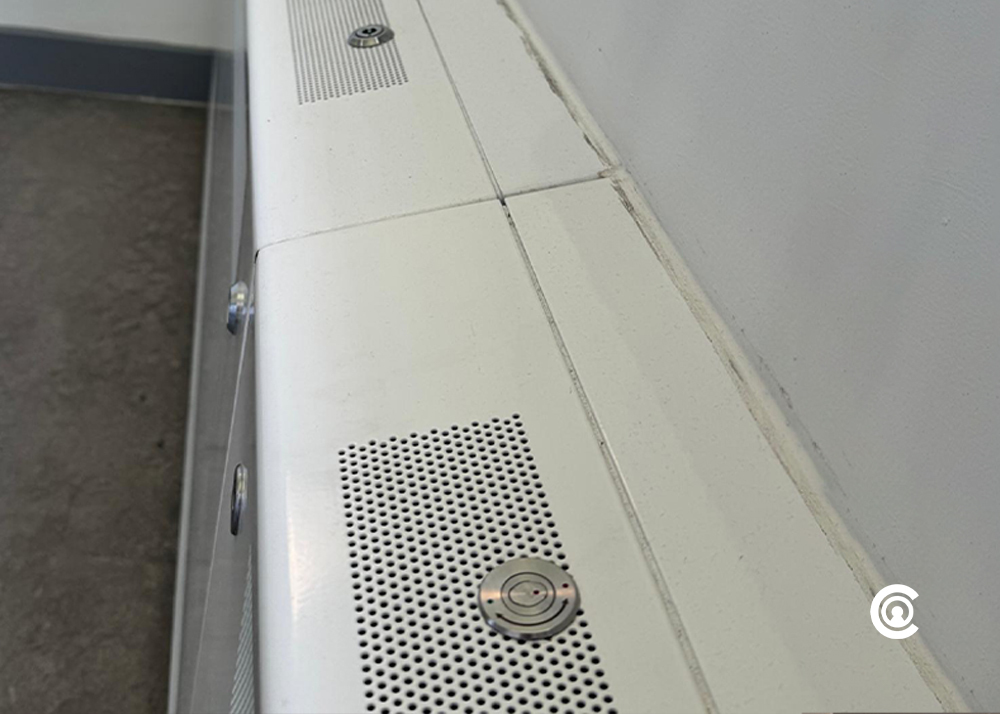
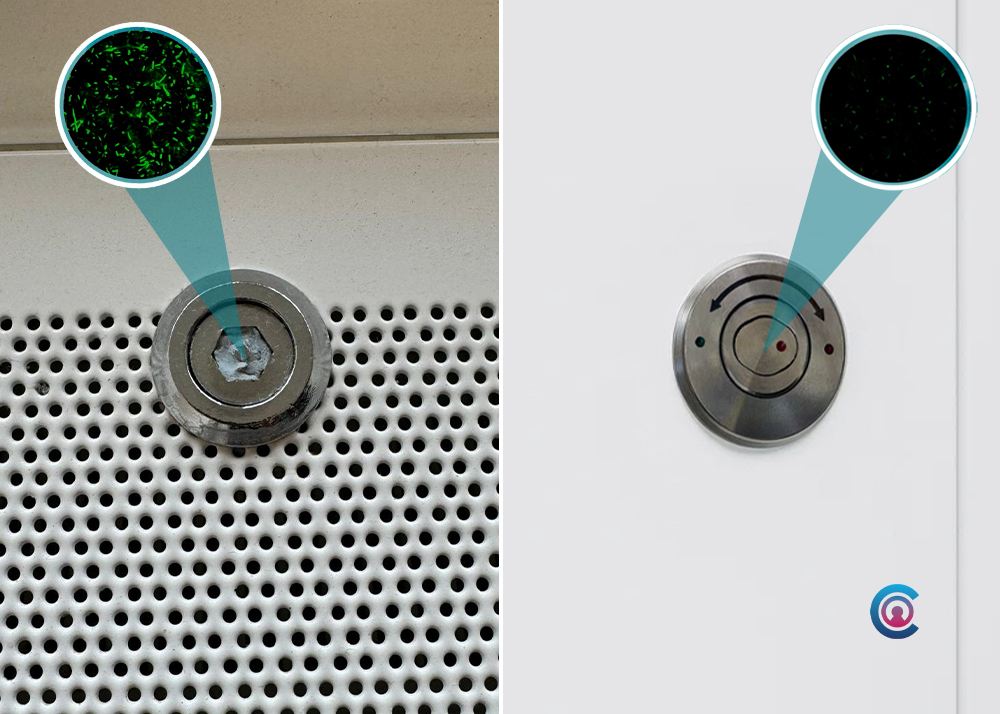
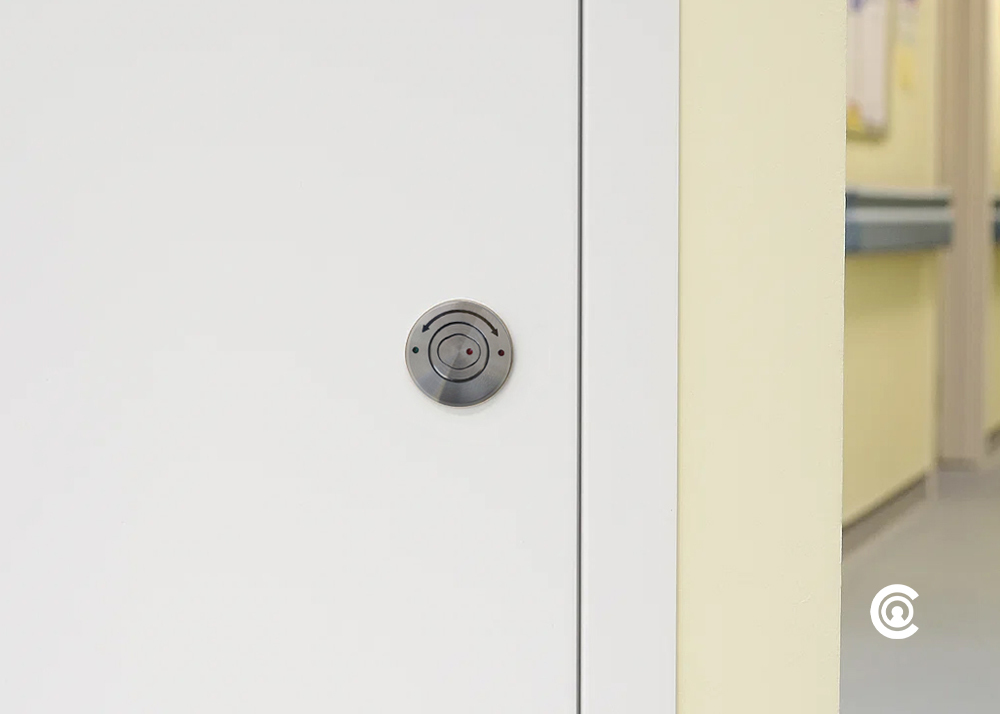
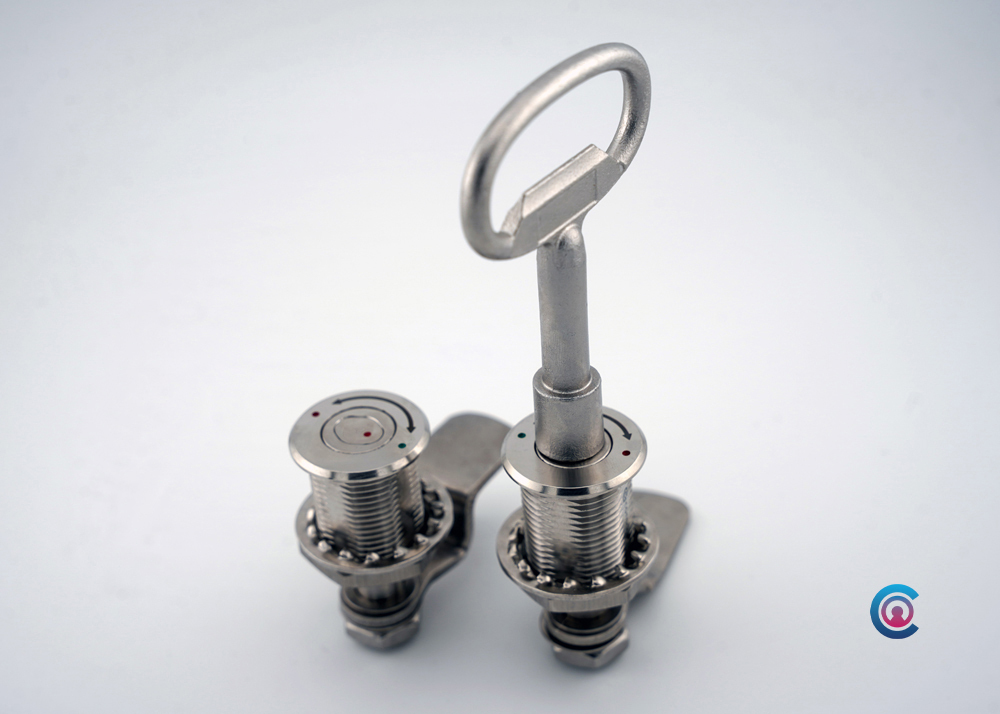
Leave a Comment